If you love unusual plants that turn heads, carnivorous varieties are a must-have in your collection.
These living curiosities are more than just beautiful; they have the wild ability to catch and digest insects, making them a gardener’s natural pest control.
Some have delicate flowers, while others display strange shapes that look like they stepped out of a sci-fi movie. You can grow many of them indoors or outside with little trouble, and they’ll reward you with endless fascination.
Place one on a sunny windowsill, a patio table, or in a terrarium, and enjoy watching their clever tricks in action.
#1 Corkscrew Plant (Genlisea Spp.)
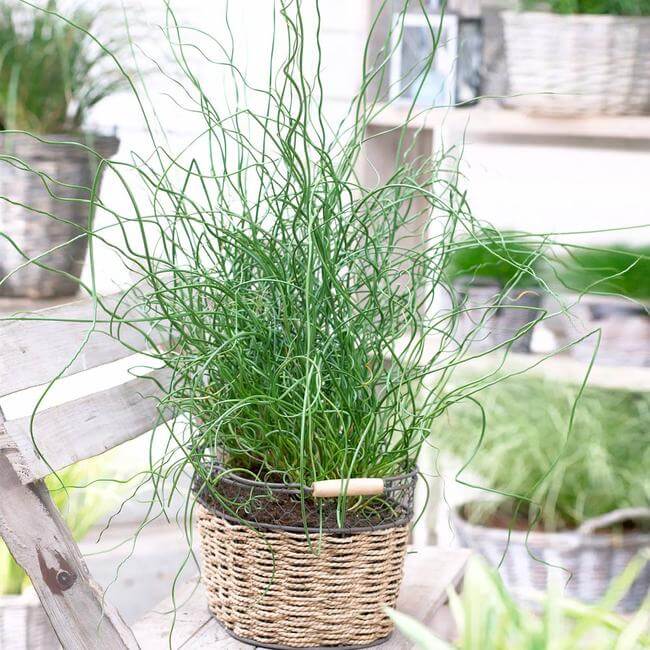
This semi-aquatic beauty has twisting, spiral-shaped leaves that resemble tiny dancers in flowing skirts. It thrives in damp conditions and loves nutrient-poor soil, which makes care easy.
You can grow it in a small container filled with moist moss for an eye-catching desk companion. Keep the soil wet at all times to mimic its natural habitat. Watching it snare microscopic prey in hidden traps is part of its quiet charm.
#2 Cobra Lily (Darlingtonia Californica)
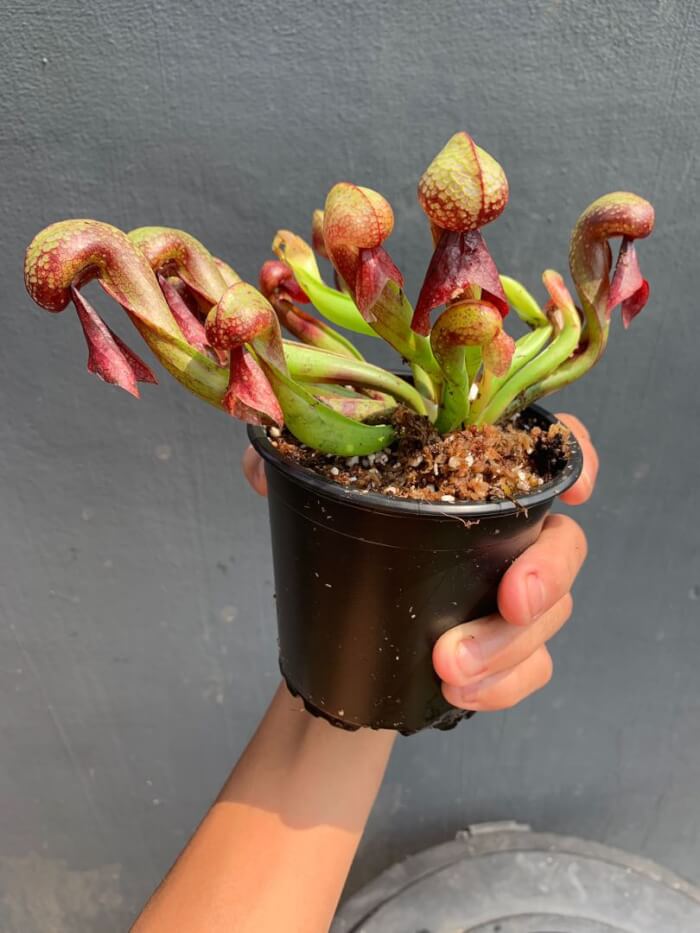
Shaped like a poised serpent ready to strike, the Cobra Lily is pure drama in plant form. Its curved pitcher is patterned with striking red veins, luring insects to investigate.
This plant prefers cool roots, so water it with cold distilled water to keep it healthy. A shallow tray with pebbles beneath the pot helps maintain humidity. In the right setting, it can become the showpiece of your carnivorous plant collection.
#3 Pitcher Plant (Nepenthes Spp.)
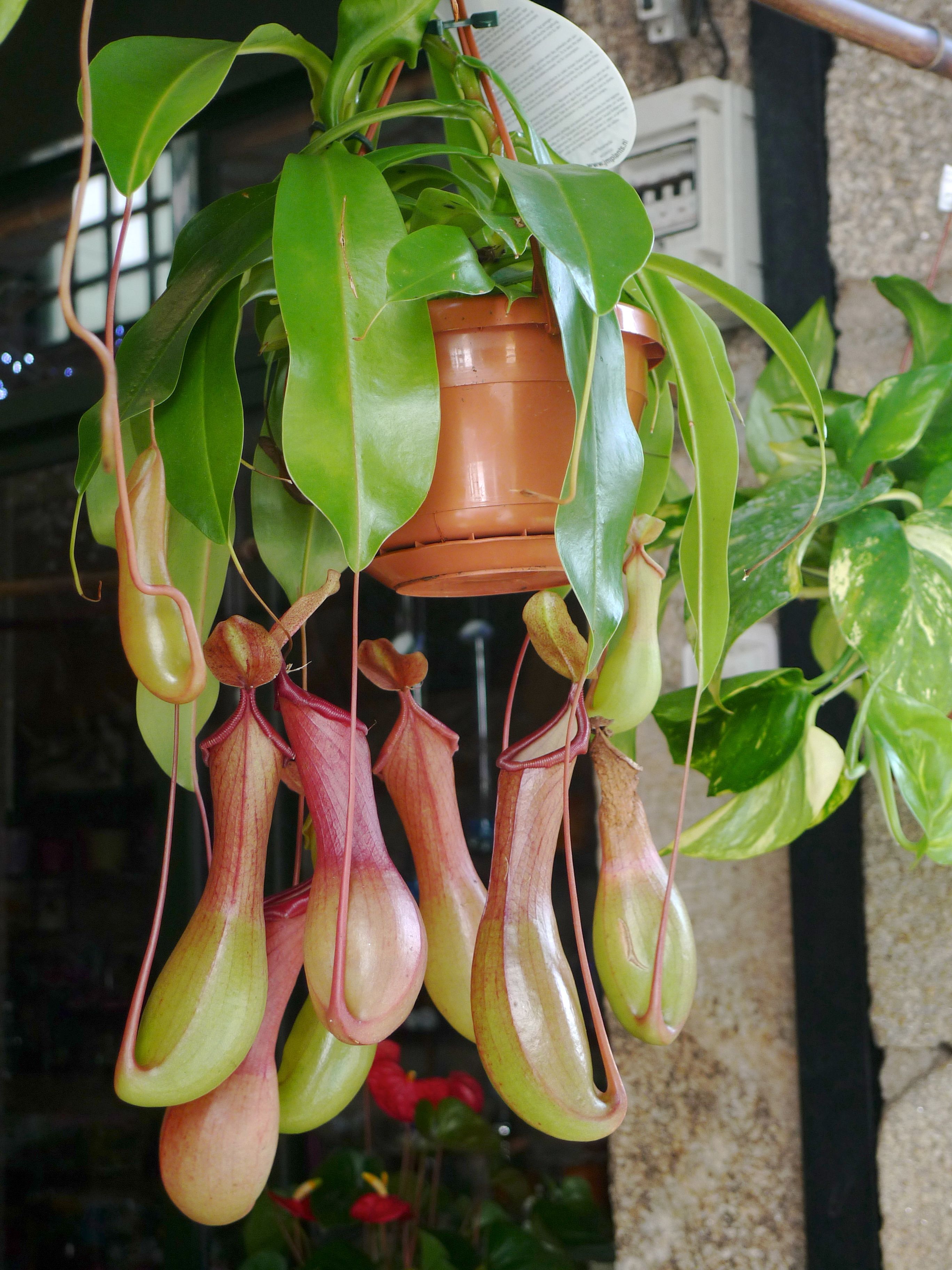
Pitcher Plants have hanging, tube-like traps that come in shades of green, red, yellow, and purple. The waxy leaves form lids that tempt insects to slip inside.
They love bright, indirect light and consistently moist soil. Grow them in a hanging basket for a tropical, exotic display. Their unusual shapes look stunning against a lush background of ferns or moss.
#4 Butterwort (Pingiucula Spp.)
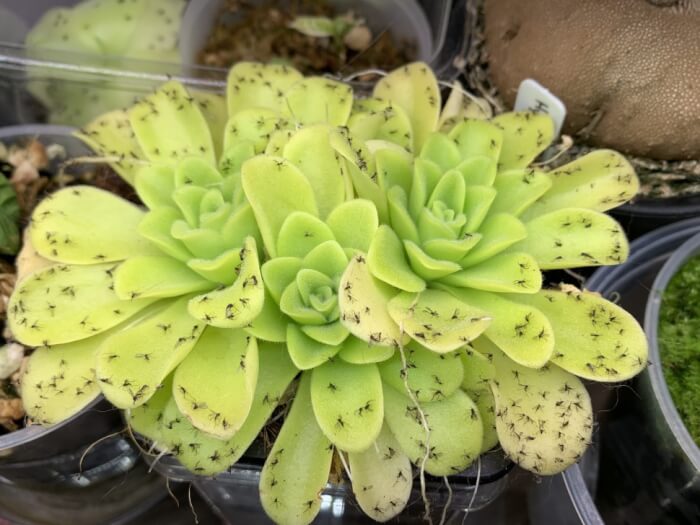
Butterwort charms with delicate purple or magenta flowers that resemble little pansies. Its flat, sticky leaves glisten in the light, ready to trap unsuspecting insects.
This plant thrives in a sunny spot with evenly moist soil. You can grow it in a shallow dish for easy viewing. It’s a lovely choice for windowsills where gnats are a problem.
#5 Bladderworts (Utricularia Spp.)
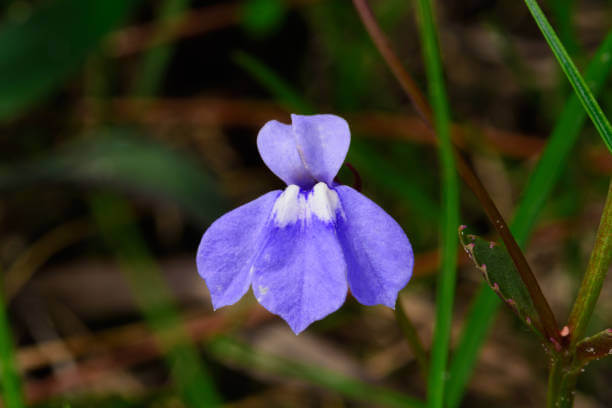
These aquatic or semi-aquatic plants use tiny bladder-like traps to catch minuscule water creatures. Their flowers rise above the water on thin stems and come in yellow, white, violet, or lavender shades.
Grow them in a pond container or a water garden for a quirky, natural touch. They prefer nutrient-poor water, so avoid fertilizers. The blooms add a surprising splash of color to their insect-catching lifestyle.
#6 Trumpet Pitcher Plant (Sarracenia Spp.)
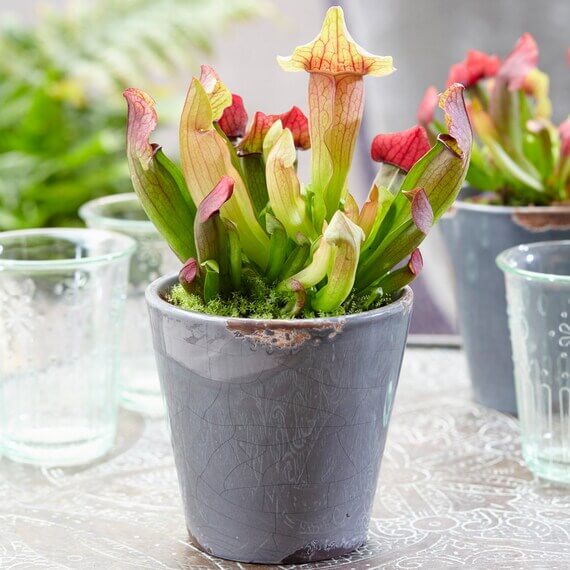
With tall, upright pitchers that flare open at the top, this plant makes a bold statement. The upper rim is often brightly colored to draw insects closer.
Plant it in a sunny, bog-like area or a deep container with damp, acidic soil. Water only with rainwater or distilled water to keep it healthy. A group of them together creates a striking, colorful display.
#7 Fly Bush (Roridula Spp.)
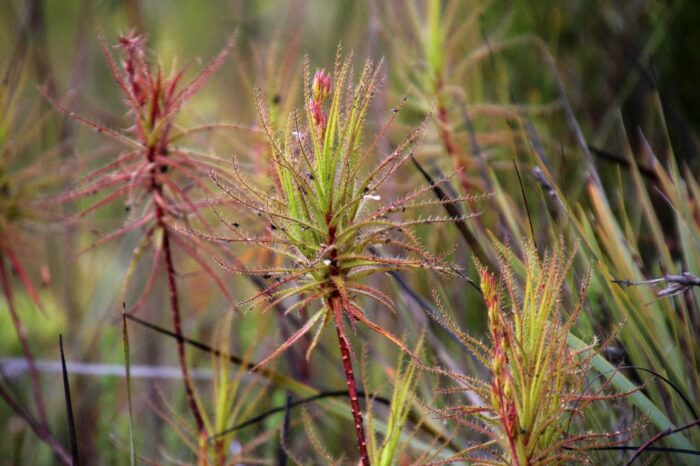
Fly Bush is a spiky shrub with long leaves covered in sticky hairs. Insects become trapped on its leaves, adding to its unusual, sculptural appeal.
It prefers full sun and sandy, well-drained soil. Grow it in a pot on your patio for a conversation starter. Its bold shape adds architectural interest to any plant arrangement.
#8 Venus Flytrap (Dionaea Muscipula)
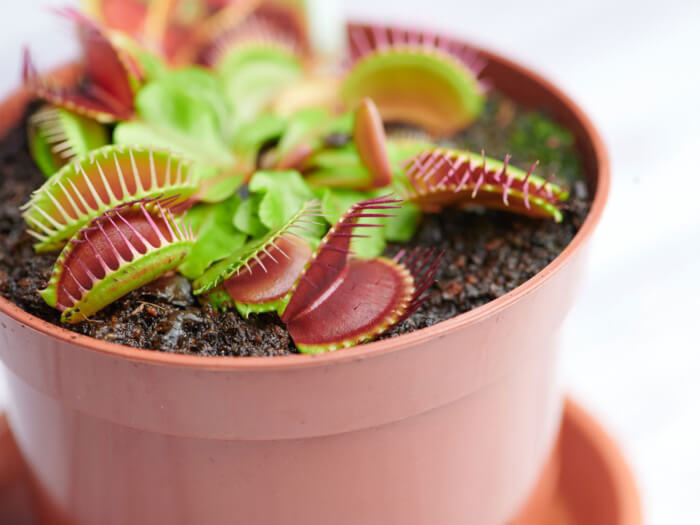
The Venus Flytrap is perhaps the most famous insect-eating plant, with its hinged traps lined with hair-like teeth. When triggered, the trap closes in an instant, locking in the prey.
It grows best in bright light with consistently moist, acidic soil. Use rainwater to avoid mineral build-up. In a terrarium or pot, it’s both entertaining and practical for catching flies.
#9 Waterwheel Plant (Aldrovanda Vesiculosa)
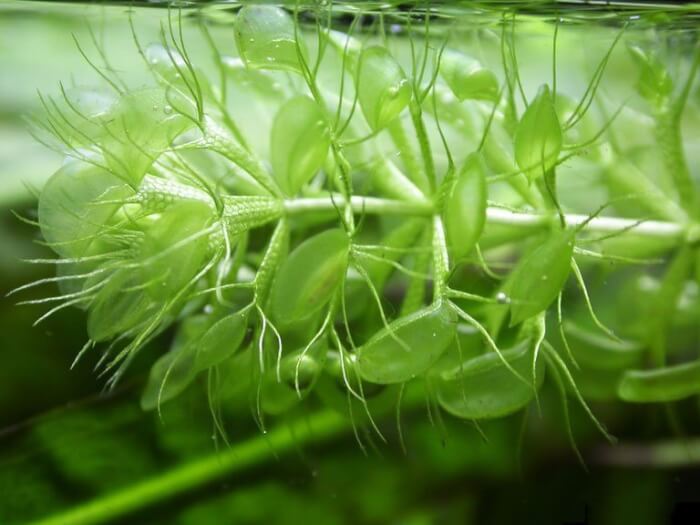
This rootless aquatic plant floats freely in water, using wheel-like traps to capture tiny swimmers. It’s perfect for outdoor ponds or aquariums without fish.
Provide clean, soft water and plenty of sunlight for best results. Watching its traps snap shut is a miniature wonder of nature.
#10 Sundews (Drosera Spp.)
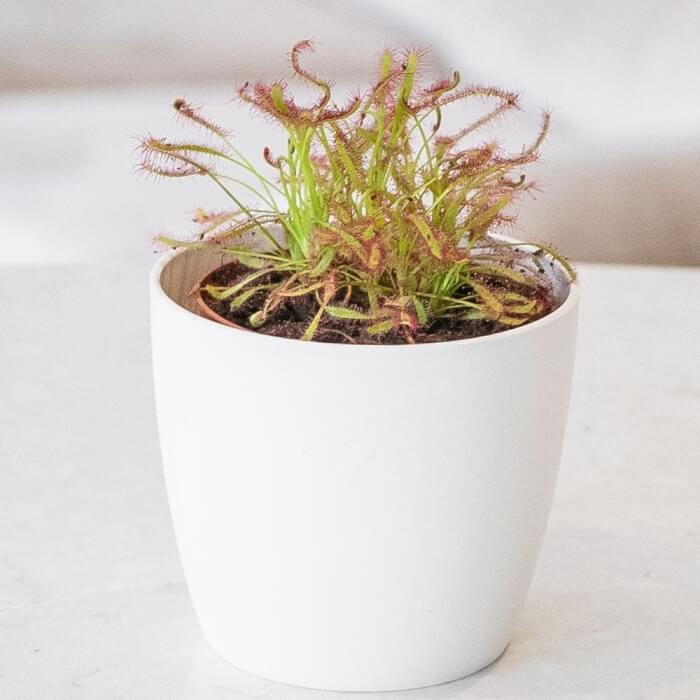
Sundews sparkle in the sun with their red-tipped, sticky hairs that lure insects in. Once caught, the leaves curl around the prey for digestion.
They thrive in bright light and moist, acidic soil. Keep them in a sunny terrarium or small pot. Their jewel-like appearance makes them one of the prettiest carnivorous plants to own.
#11 Brocchinia (Brocchinia Reducta)
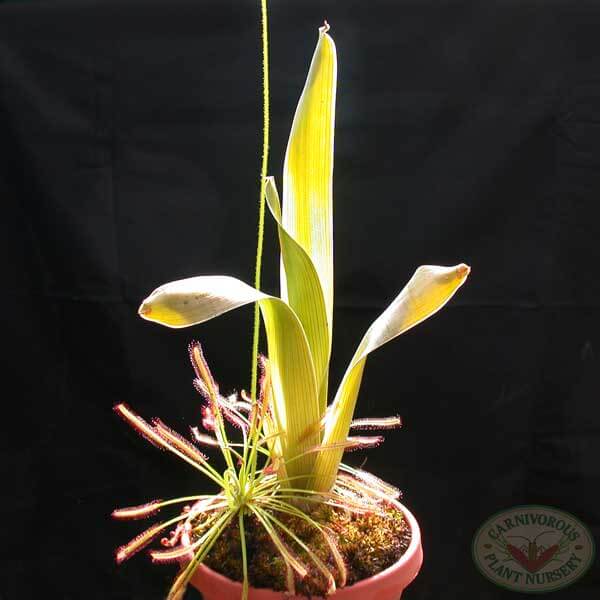
This bromeliad has tall, slender leaves that form a vase filled with sweet-smelling water to attract insects. The leaves are a sleek green to silver-green, adding elegance to its unusual diet.
It enjoys bright light and humid conditions. Grow it in a decorative pot for a tropical touch indoors. Its subtle beauty hides a clever hunting strategy.
#12 Albany Pitcher Plant (Cephalotus Follicularis)
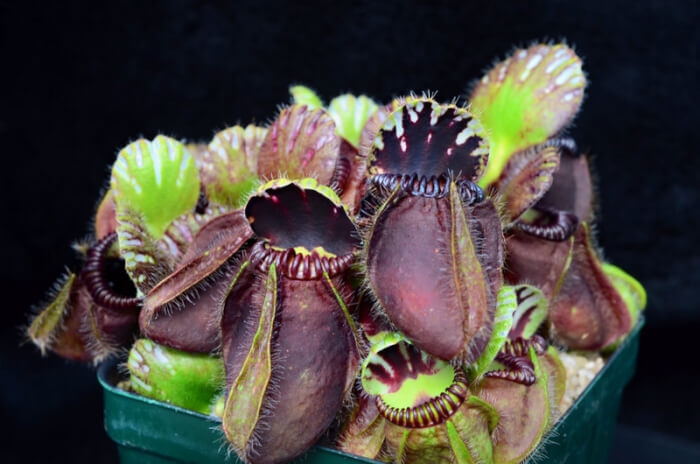
Small but striking, this plant has squat, green-and-red pitchers lined with teeth-like ridges. It favors crawling insects such as ants and beetles.
Give it bright, indirect light and consistently moist soil for steady growth. Its compact size makes it ideal for shelves or windowsills. Despite its small stature, it delivers plenty of personality.
